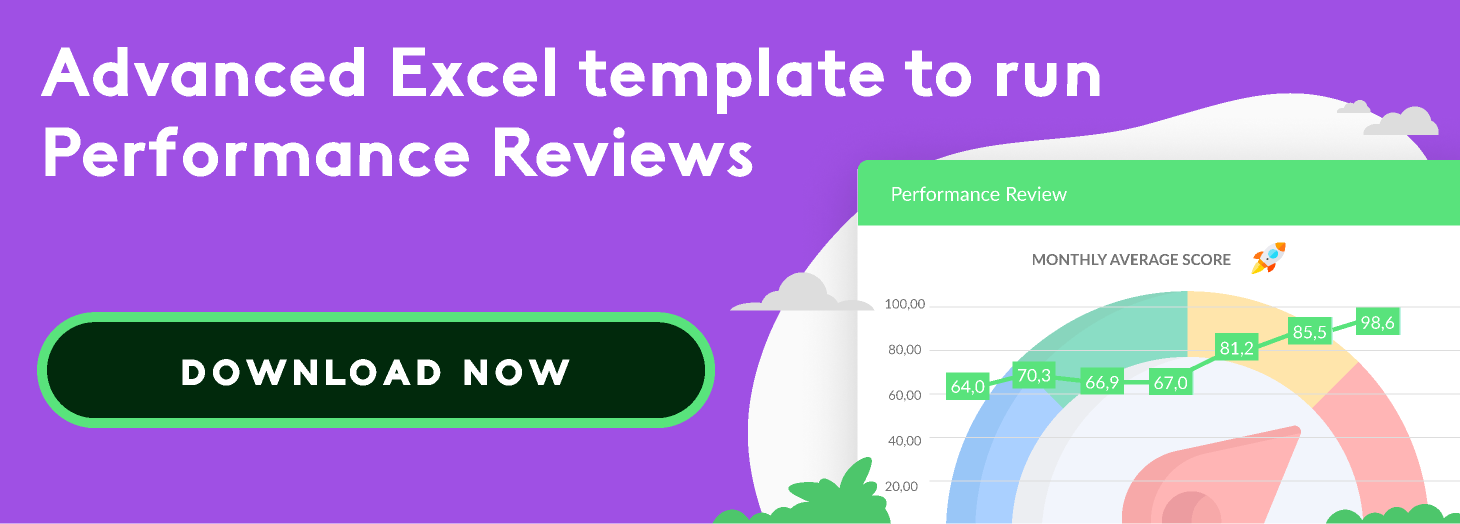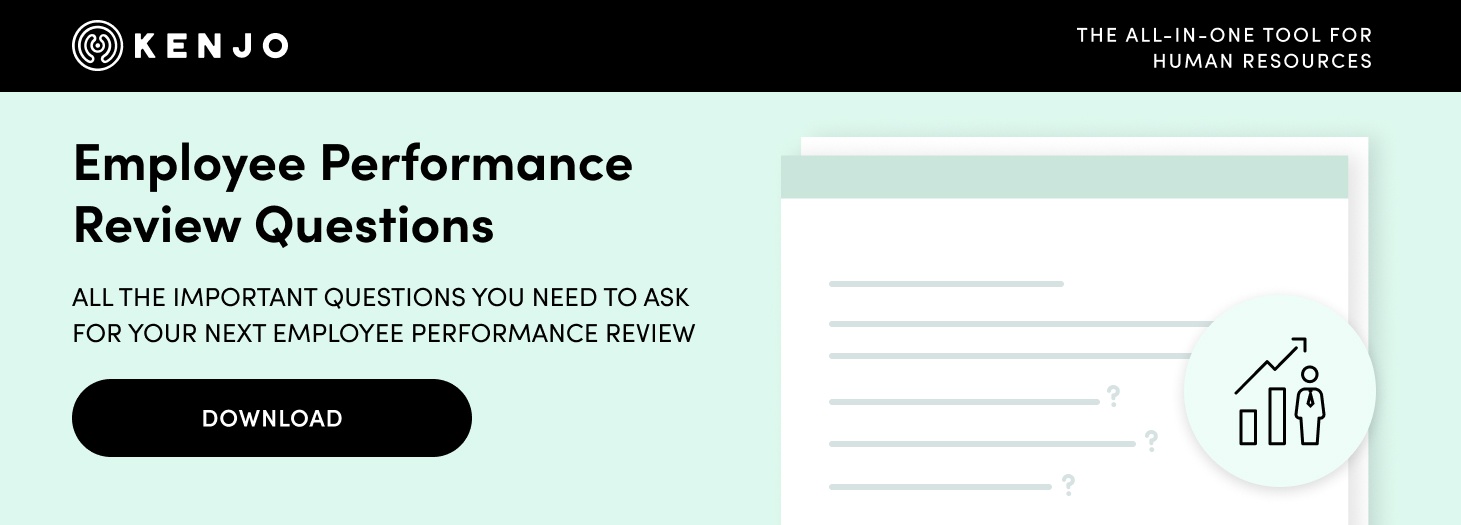Analysing and reviewing an employee’s performance is a process that should adapt to the needs of each company and individual. This can be approached through different methods. We take an in-depth look at one of them below: the 180-degree performance appraisal.
What is a 180 degree performance appraisal?
The 180 degree performance review is one where a professional is evaluated by their manager, their peers (teammates) and, where applicable, their clients. Although we’ll look into this in more detail later, the difference between this and the 360-degree review is that it doesn’t include subordinates.
It’s important that reviewers have had the opportunity to work with the person under review, in one way or another, to be able to form an opinion about their professional skills. This guarantees that the information compiled is based on experience and holds value.
Advantages of this method
There are many reasons to use the 180-degree performance review system because it offers numerous advantages both for the company and the employee:
- The evaluation form can be adapted to the company’s culture and needs.
- This is a process that doesn’t end with at evaluation itself but continues through ongoing analysis to achieve the best results. This is complemented by training and educational activities.
- Adopting this method generates credibility for the company.
- Using evaluation systems also demonstrates that the company is interested in improving performance and encourages professional growth.
- Organisations that use evaluation methods observe an immediate improvement in communication.
- The appraisal meeting is an opportunity to offer feedback and motivate the team.
- If well structured, it provides an opportunity to set new objectives and clarify the employee’s responsibilities.
- It also enables you to review training or educational needs.

Disadvantages of this method
Unsurprisingly, no evaluation system is perfect. As far as the 180-degree performance review is concerned, there are certain disadvantages to bear in mind.
The biggest drawback of this method is that it doesn’t adapt to high-ranking employees that regularly interact with external clients. By limiting the number and range of reviewers, key information could be lost about the person’s performance in cases like this.
Differences in comparison to 90, 270 and 360-degree reviews
As we mentioned earlier, there are different methods of evaluation and feedback. The 180-degree performance review presented here is the most common and reliable of all, as it is adaptable and effective in any type of company. Nevertheless, we’d still like to mention the other methods and examine the differences.
- 90-degree review: in this method, the skills assessment is carried out by the direct line manager. This is the person who provides feedback and analyses the employee’s strengths and weaknesses. Their vision is obviously important, but this also means the review is based on one single criteria.
- 270-degree review: also known as the upward review as in this evaluation, it is the employee who gives their opinion about their line manager. This mechanism helps leaders to improve and bridge gaps with their subordinates through a constructive and respectful vision. This can be done either openly or anonymously.
- 360-degree review: this evaluation involves superiors, peers, clients and suppliers. In other words, everyone who comes into daily contact with a professional, whether they belong to the company or not. The result obtained is much richer and more useful due to the amount and variety of opinions involved. This process obviously requires more time and resources.

Steps for organising a 180-degree performance review
If you’ve decided to do a 180-degree review in your organisation, then it’s important to follow these steps to achieve the desired results.
1. Check the company’s organisational chart
The organigram is a visual representation of the working relationships that exist between the people that make up a company. One organisational charting software will help you to stay on track when evaluating the entire organisation.
2. Establish roles and responsibilities
Within the organigram, categorise each of the existing roles and establish their basic duties, responsibilities and objectives. This information will enable you to establish which skills to evaluate and will help you set new goals when the time comes.
3. Prepare the 180 feedback process
Depending on the size of your company, doing a 180-degree review can be a huge challenge and require a tremendous investment of time and resources. For this reason, many companies use performance review software to help them automate the process, making it much faster and more efficient.
These tools take care of sending the corresponding forms, receiving the information and filtering it into each employee’s profile. This means that the human resources department only needs to study the results, analyse the key performance assessment indicators and pass them on to the employee under review.
4. Set up a development plan
The evaluation process doesn’t end when we get the results. Essentially, this information should be used to define a personal development plan that improves detected weaknesses and harness the strengths. The aim is to optimise performance and obtain better short-term results.
Lastly, we recommend you set up an evaluation calendar and compare the results over time. The process is usually repeated at six-month intervals to check for improvements, relapses and to track whether objectives are being met.



